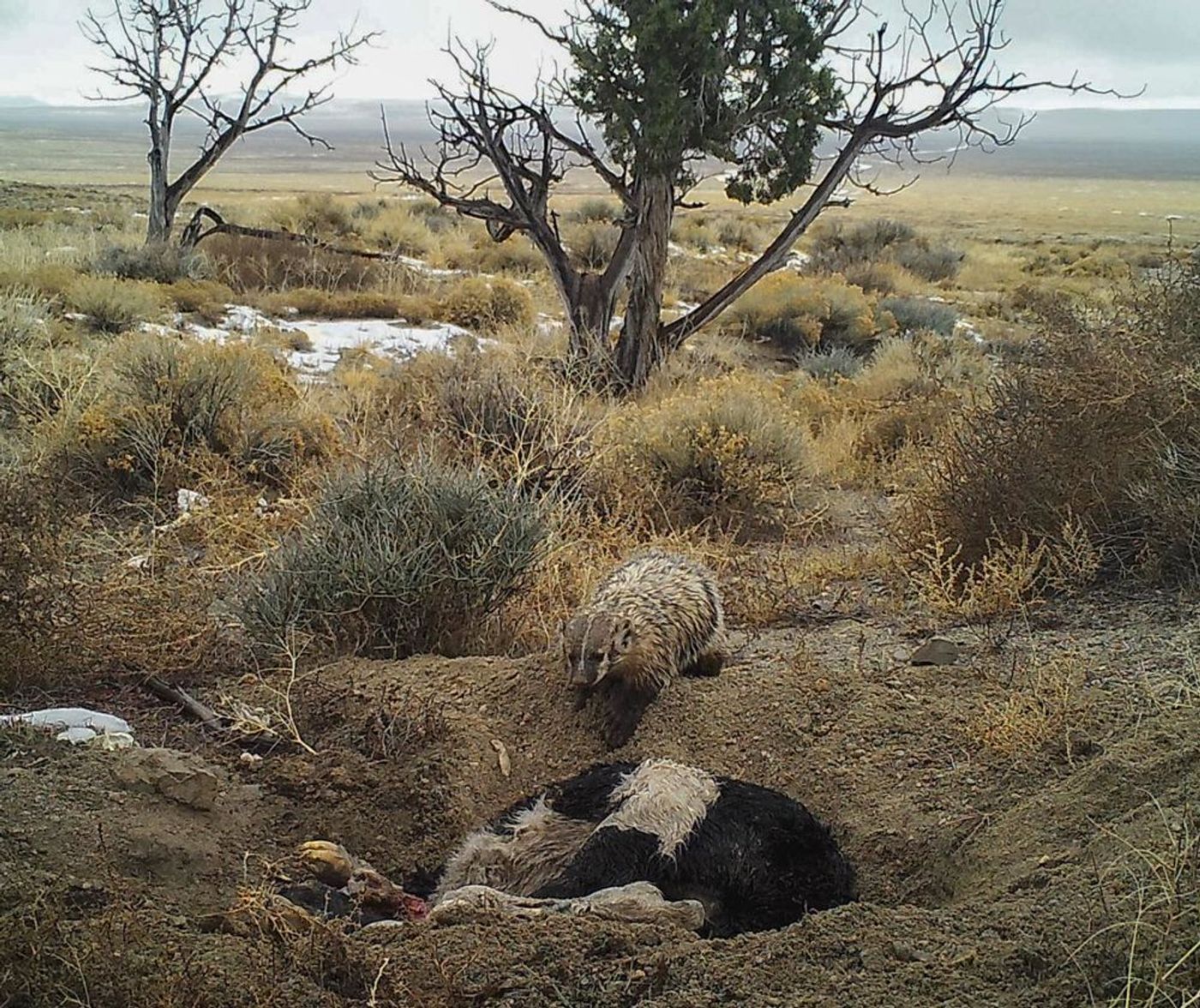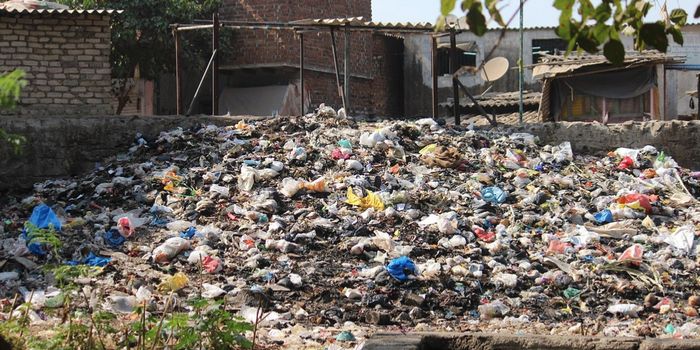Badger Buries Cow to Keep it All to Itself
Badgers are known for caching any food they come across in order to help keep it safe from other hungry wild animals in the area. They do this by burying it underground so that it’s out of sight and out of mind for everyone except for the badger itself. In doing so, the badger effectively monopolizes its food source.
On the other hand, no one ever thought it would be possible for a badger to do this with a cow, which is easily four times bigger and heavier than a badger would be. This is reportedly the first time a badger was ever documented burying something larger than itself; badgers typically cache smaller food opportunities.
Image Credit: Evan Buechley
As a part of an experiment to study this caching behavior, researchers from the University of Utah placed seven cow calf carcasses in known badger locations and set up camera traps to find out what would happen. Their research was published this month in the Western North American Naturalist.
Related: Why grass is good for cows, but not for humans
It wasn’t long before a badger stumbled upon one of the calves and identified it as a delicate food source. As indicated by the camera traps, the badger spent well over five days trying to hide the delicious snack.
After realizing that the cow was much too heavy for it to drag around, it went around all of its sides and began digging around it to help it seep into the ground so that it could be buried more easily.
In the midst of burying the cow, the badger then set up camp relatively close to it so that it would be able to munch on it until it was gone. This would become its temporary living quarters until the badger was inevitably forced to find a new food source.
“This adds more questions than it answers,” said researcher and co-author of the study Evan Buechley. “The nutrients in a carcass can be very important for many different organisms in an ecosystem. So if badgers are monopolizing them and they have the ability to bury perhaps any mammal carcass in North America and they’re present across much of the continent, the potential ecological implications are profound.”
Not only did burrying the calf help keep it safe from wildlife, but the underground is far cooler than the Earth's surface, which means it acts slightly like a refrigerator. This also prevents insects and other creepy crawlies from decompsing the carcass and spreading disease, which would make it less than apetizing.
Notably, another of the seven calf traps was also buried, proving that the first wasn’t a fluke, the second calf burial proved that perhaps this is normal behavior for badgers, and when they discover a full-sized carcass at any point in the wild, they’ll just make it “disappear” so they can have it all to themselves.
These sneaky little critters potentially exhbit this behavior more often than we originally thought in the wild; more importantly, we wouldn’t even notice because their prey would already be hidden before we would have any chance of knowing it was there.
Source: University of Utah









